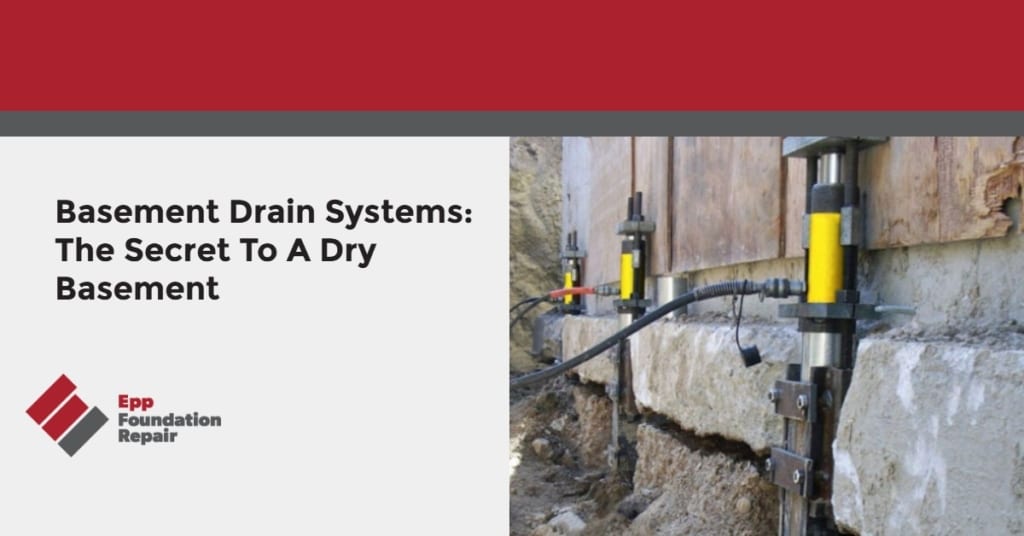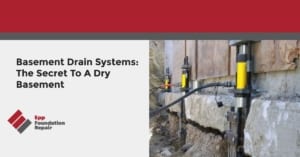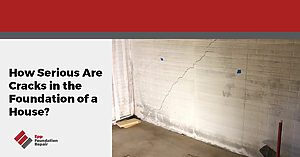What Are Basement Drain Systems?
Basement drain systems keep your basement dry by channeling water away from your foundation. They ensure that the soil around and under your home’s foundation doesn’t get oversaturated with water that can’t drain off. Water that can’t drain off will find a way into your basement.
Because basements are below ground, they’re susceptible to water intrusion. Fortunately, most newer homes today with basement foundations have basement drain systems. If your home doesn’t have a basement drainage system, chances are it’s an older home. That doesn’t mean you’re out of luck, though. Foundation repair contractors install basement drain systems in existing homes all the time, as you will see.
In this article, we’re going to talk about the different types of basement drain systems, including the interior and exterior varieties, sump pumps, floor drains, and finish up with other things you can do to keep water out of your basement.
But first things first. To understand how interior and exterior drain tile systems work, you’ll need to understand hydrostatic pressure.
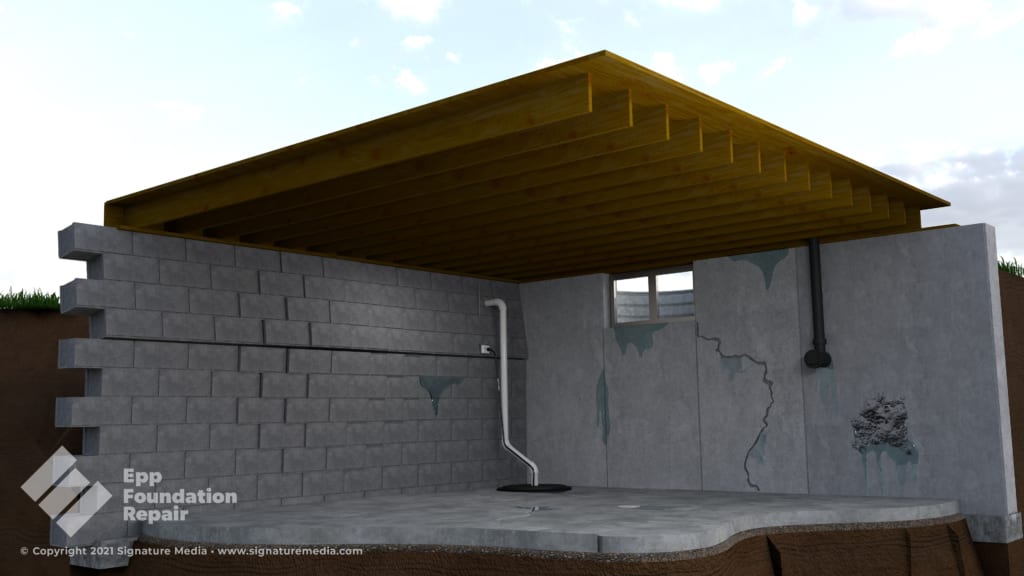
Hydrostatic Pressure
Hydrostatic pressure builds up when the soil outside your foundation wall or under the slab gets saturated with water that can’t drain off. The water in the soil creates pressure that pushes against the foundation wall or floor. This pressure can force moisture through existing hairline cracks. It can even create cracks in your foundation (i.e., basement) wall and/or cause the wall to bow inward.
Basement drain systems prevent hydrostatic pressure from building up in the soil outside your foundation wall (or under the slab) by channeling excess moisture away from the foundation.
Basement Drain Systems Explained
Exterior Drain Tile System
An exterior drain tile system goes around the outside perimeter of your home’s foundation at the footing level. Its job is to collect excess water in the soil and then direct it away from the foundation – either via gravity or by using a sump pump – before it can make its way into your basement.
Today, almost all new homes have a basement drainage system. However, foundation repair contractors also install basement drain systems in existing homes. Exterior drain tile installation is as follows:
The contractor excavates down to your home’s footer and then digs a trench around the outside perimeter of the footer. The trench is filled with gravel, and then a perforated pipe is placed in it and covered with more gravel. Finally, the contractor puts back the excavated soil. The perforated pipe will now collect excess water in the ground and channel it away from the foundation via gravity or a sump pump. (We talk about how sump pumps work below.)
Exterior basement waterproofing (via a drain tile system) in an existing home is a major construction project and not something you should attempt to do as a DIY project.
Interior Drain Tile System
An interior drain tile system goes under your basement floor. It works similar to an exterior drain tile system and prevents hydrostatic pressure from building up under the slab by directing excess moisture in the soil away from the foundation.
Interior drain tile installation involves,
- Using a jackhammer to break up your basement floor
- Digging a trench around the perimeter of your basement
- Filling the trench with gravel
- Placing a perforated pipe in the trench and then covering it with gravel
- Replacing the concrete if the basement will be finished. (If the basement is used for storage only, the gravel-filled trench may be left uncovered.)
The perforated pipe will now collect excess moisture in the soil under the slab and direct it away from the foundation, either via gravity or a sump pump.
Basement drain systems – both exterior and interior – go by various names, including drain tile, French drain, footing drain, curtain drain, foundation drain, perimeter drain, perimeter drainage system, weeping tile, and sub-surface drain.
Read also: What is drain tile and how does it work?
Basement Drain Systems Are Not The Same As Basement Floor Drains
Basement floor drains have nothing to do with the basement drain systems designed to stop water from coming through basement walls. Don’t confuse the two. The basement floor drain in your utility area is there to take care of water spillover from washing machines, leaky water heaters, etc. This is why the floor slopes toward the drain.
In newer homes, most basement floor drains connect to a sump pit that collects the water and a sump pump that directs it away from the foundation. If a house with a basement foundation doesn’t have a floor drain (highly unusual), one can be installed. However, it’s a major construction project.
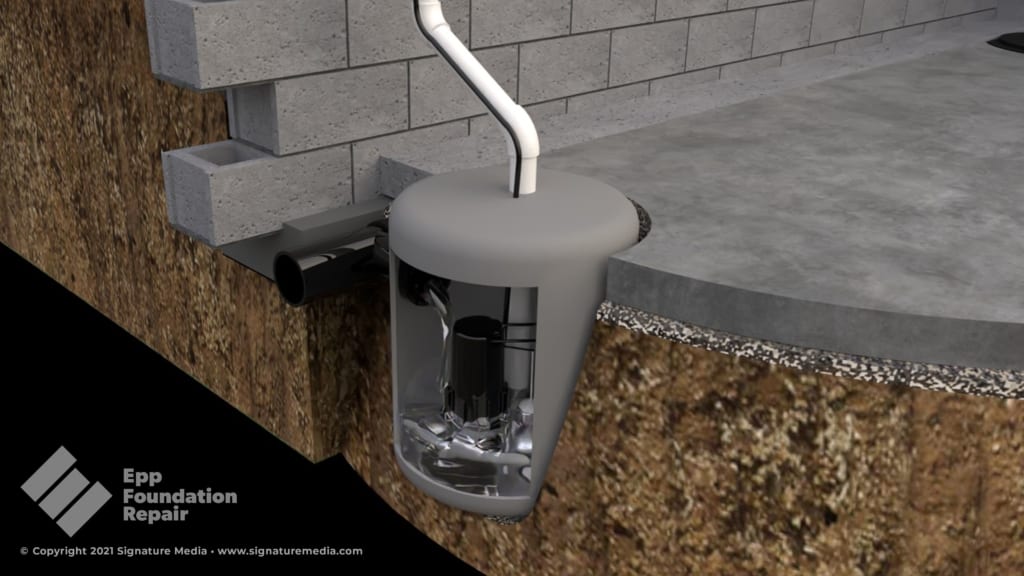
How Do Sump Pumps Work
Sump pumps move the water collected by basement drain systems away from the foundation. Depending on how your yard is graded, gravity might be enough to move the water collected in exterior or interior basement drain systems away from your foundation. However, sometimes a basement drain system (exterior or interior) will need a sump pump to get this done. Here’s how sump pump drainage works:
In basement drain systems(exterior or interior), the perforated pipe channels excess moisture in the soil into a collection pit (also called a sump pit). From there, it’s moved away from the foundation either via gravity or, if necessary, using a sump pump.
The concept of a sump pump is pretty simple. Once the water in the collection pit reaches a certain level, the sump pump turns on and pumps the water away from the foundation.
There are two types of electric sump pumps: submersible and pedestal.
Submersible sump pumps
Submersible sump pumps go into the collection pit below the basement floor. The pits are usually 2’ wide and around 1.5’ deep. However, they can be deeper if required.
Sump pump drainage happens when water in the collection pit fills to a certain level. When this happens, the sump pump turns on and pumps the water in the pit away from the foundation. The smaller the collection pit, the more quickly it will fill with water and then drain.
Pedestal sump pumps
Pedestal sump pumps are attached to a pole and sit about 4-8” above the collection pit. When the float inside them rises to a certain point, the sump pump kicks into action.
Learn more about: Benefits of installing a backup battery system for sump pump
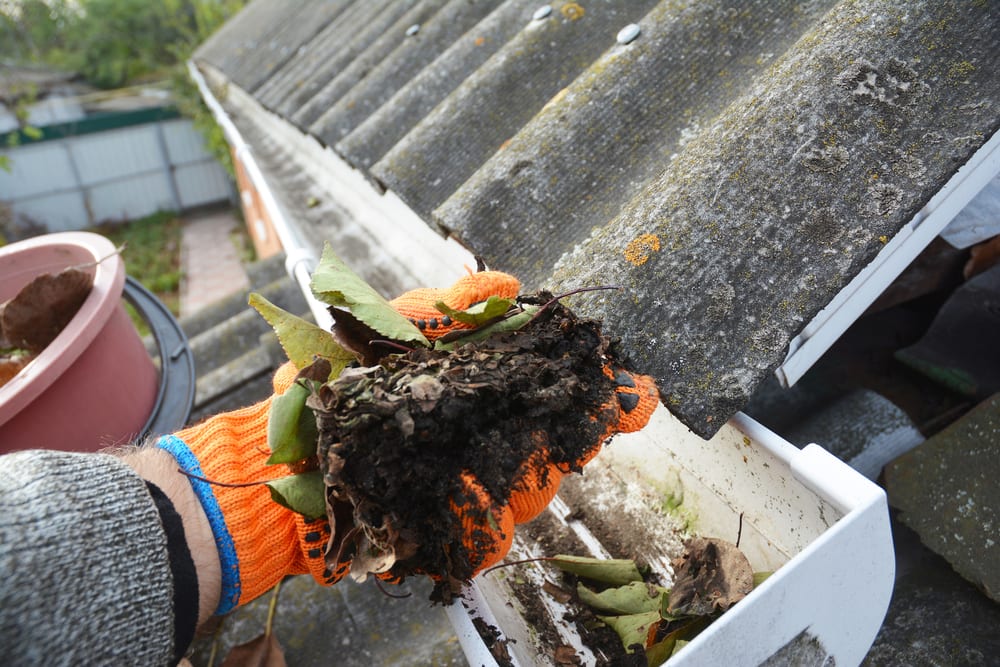
Other things you can do to keep water out of your basement
Since water causes most foundation problems, you can keep water out of your basement by making it hard for water to saturate the soil around the foundation. Here are some ways to do that:
- Don’t plant vegetation that needs a lot of water near your foundation. Shrubs, flowers, or other vegetation types requiring a lot of water should be at least 10 feet from your foundation.
- Have your yard regraded, if necessary, so that water flows away from your foundation. Both foundation repair contractors and landscapers can help you with this. It also might be an excellent DIY project if you’re up to it.
- Regularly clean your gutters. Clogged gutters can cause water to spill over the side of your house and down into the soil.
- Install downspout extensions, if necessary. Downspouts that are too short dump water next to the foundation. Extensions will channel the water away from the foundation.
Basement drain systems are the key to getting a dry basement. If you have a damp basement, contact a foundation repair professional in your area for an inspection and repair cost estimate. Most of them will do the inspection for free.
We serve Lincoln, Omaha, Grand Island, Kearney, NE and more with foundation repair, basement waterproofing, concrete leveling, crawl space encapsulation services. Call us to schedule an inspection and receive an estimate based on your needs.

